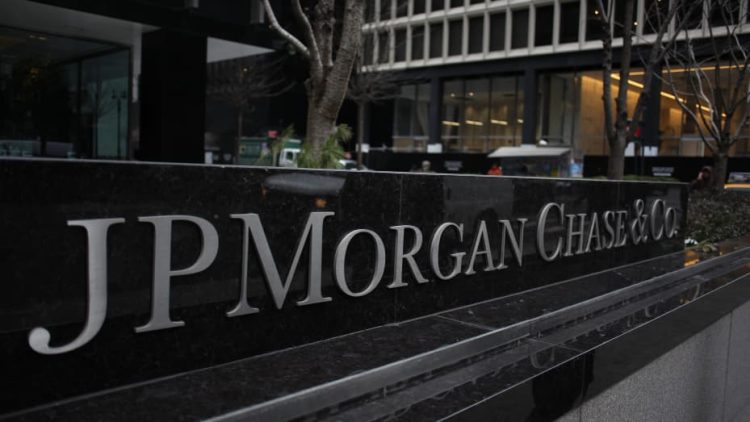© 2020 All rights reserved to Maaal Newspaper
Publisher: Maaal International Media Company
License: 465734
Top U.S. banks hike dividends after sailing through Fed’s stress test
U.S. banking giants announced plans to raise their third-quarter dividends on Friday after proving that they have enough capital to withstand severe economic and market turmoil in the Federal Reserve’s annual health check.
JPMorgan Chase, the largest U.S. lender, hiked its dividend to $1.25 a share from $1.15, according to a filing. Its board also authorized $30 billion in new share buybacks, effective July 1.
Bank of America’s dividend will rise to 26 cents a share from 24 cents, and Citigroup’s will increase to 56 cents from 53 cents, the lenders said in separate regulatory filings.
“Banks are going to remain conservative on capital as uncertainty over the Basel proposal remains,” Brian Mulberry, a client portfolio manager at Zacks Investment Management, said after the dividends were announced.
Banks have argued that higher capital requirements proposed under draft rules known as the Basel endgame could impede their ability to lend and could be detrimental for the economy.
Morgan Stanley boosted its dividend to 92.5 cents a share from 85 cents, according to a filing.
The announcements came after the banks cleared the Fed’s stress test earlier this week, which determines how much capital they need to set aside before they can return money to shareholders.
Goldman Sachs’ dividend will climb to $3 per share, compared with $2.75 earlier.
How well a bank performs on the stress tests dictates the size of its stress capital buffer (SCB) – an extra cushion of capital the Fed requires banks to hold to weather a hypothetical economic downturn.
Goldman said it will engage with its regulator to better understand why its SCB jumped.
“This increase does not seem to reflect the strategic evolution of our business and the continuous progress we’ve made to reduce our stress loss intensity,” CEO David Solomon said in a statement.
Wells Fargo’s dividend will rise to 40 cents.
This year, 31 big banks were tested, compared with 23 last year. The checks showed banks would have enough capital to continue lending in several scenarios, including a major spike in unemployment, severe market volatility, and plunges in residential and commercial mortgage markets.






